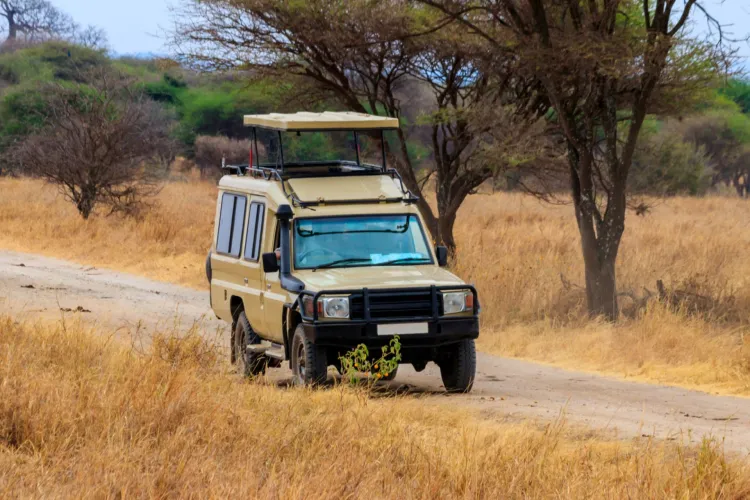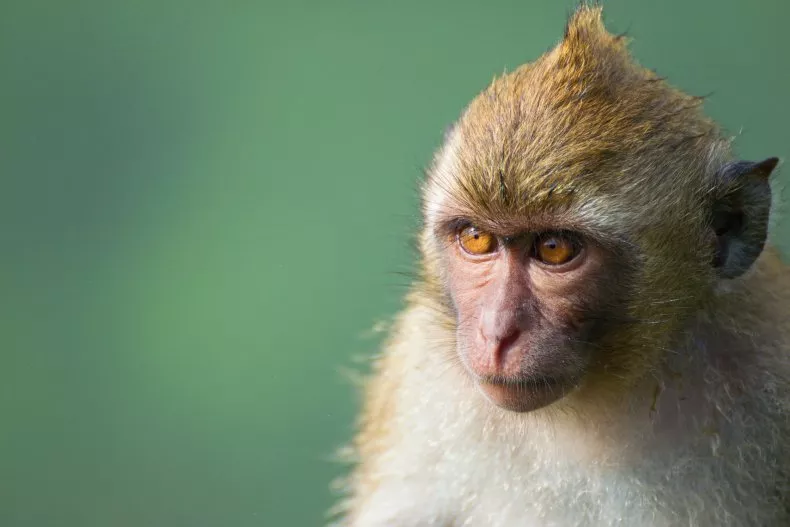Wildlife is directly threatened by many types of wildlife crime including the wildlife trade, trophy hunting, illegal hunting. Many species are threatened including elephants, tigers, rhinos, marine mammals, birds, insects, etc.
Oceans – The declining state of our oceans is threatening wildlife with issues such as plastic pollution and increasing acidity.
Forests – The shrinking of the world’s forests is also threatening wildlife with issues such as deforestation, illegal logging and timber trafficking.
Climate change is also driving the extinction of many species with issues such as ozone depletion and continued use of fossil fuels.
What we are doing
We create awareness through articles, social media and petitions, bringing these issues to the attention of governments, influential organizations and decision makers.
But this not not enough! We also need to take direct action. Our goal is to raise $100,000 for use by approved wildlife organizations.
What you can do
Help to save wildlife by donating as little as $1 – It only takes a minute.





